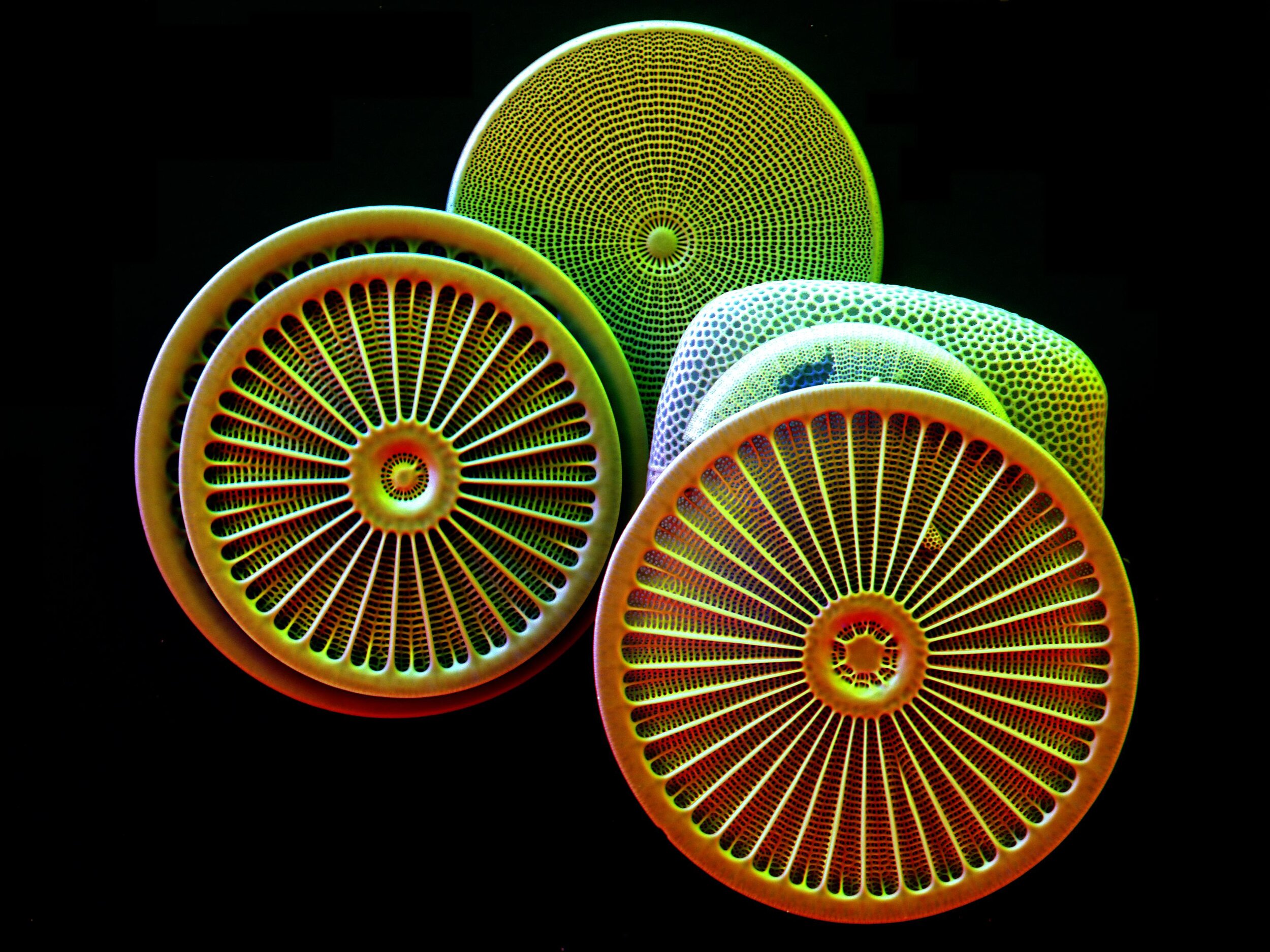The research poster and presentation from my 2020-2021 undergraduate research assistants. Jen and Jenna, thank you for your work and energy this year —I could not have gotten this far without you.
All tagged Ecology
O Christmas Tree
Now, during the twelve days of Christmas, when we have brought all kinds of greenery into our homes, it’s a perfect opportunity to take a closer look at evergreen plants.
What is a fruit?
Flowers are the mother of fruit. How does a flower become a fruit? What is a fruit?
Self-Study Lab
This is a self-study lab on exploring wetlands that you and your family or students can do on your own. It requires a smartphone and curiosity. Go explore!
What is a flower?
One of the best parts of spring is the flowers. Flowers bring color and structure to our yards and joy to our hearts, but what is a flower? Like everything else, flowers have cultural and aesthetic significance, but I want to look at flowers under a botanical lens.
What is a plant?
What is a plant? There are many deeply strange forms of life on earth that do not conform to our three kingdoms model of the world. What counts as a plant, and what doesn’t? This is the first of a new series of posts that will look under the hood of some everyday plant concepts. We’ll start at the very beginning, asking “what is a plant?” Send me any of your plant quandries and I’ll try to answer them. (Cover image of diatoms--are diatoms plants? Photo by Zeiss Microscopy CC license)
Cran Blog
Cran blog about cran bogs. Cranberries are a delicious superfruit that is native to the amazing New Jersey Pine Barrens. Botany, Ecology, cuisine, oh my!
Conservation in Unexpected Places
Results! These are some results that I recently shared at the Student Conference on Conservation Science in New York. I have summarized the talk I gave there in which I reveal the plant species that I found in detention basins in my 2018 study. In some of my earlier posts, I described the background of the project that I am working on. This one will catch you up on the background, but also give some answers.
Making my own map (Object-based imagery analysis of remotely sensed data)
I am working on mapping sites to recognize patterns on the land between plants and stormwater. Object-based analysis is an approach to classification that uses the color of groups of pixels rather than single pixels and adds spatial information to the spectral information. The output of object-based image analysis is accurate categories of fine-scale objects and landscape types along with relationships between them.
Acarodomatia
A house for ants!
A Qualified Success
Earlier this month, I passed my qualifying exam to become a PhD candidate (and not get kicked out of the program, yay!). There was a lot of reading involved, but in the end it was not so bad. It gave me just the incentive I needed to get through thousands of pages of background and come out a little more prepared for my research.










